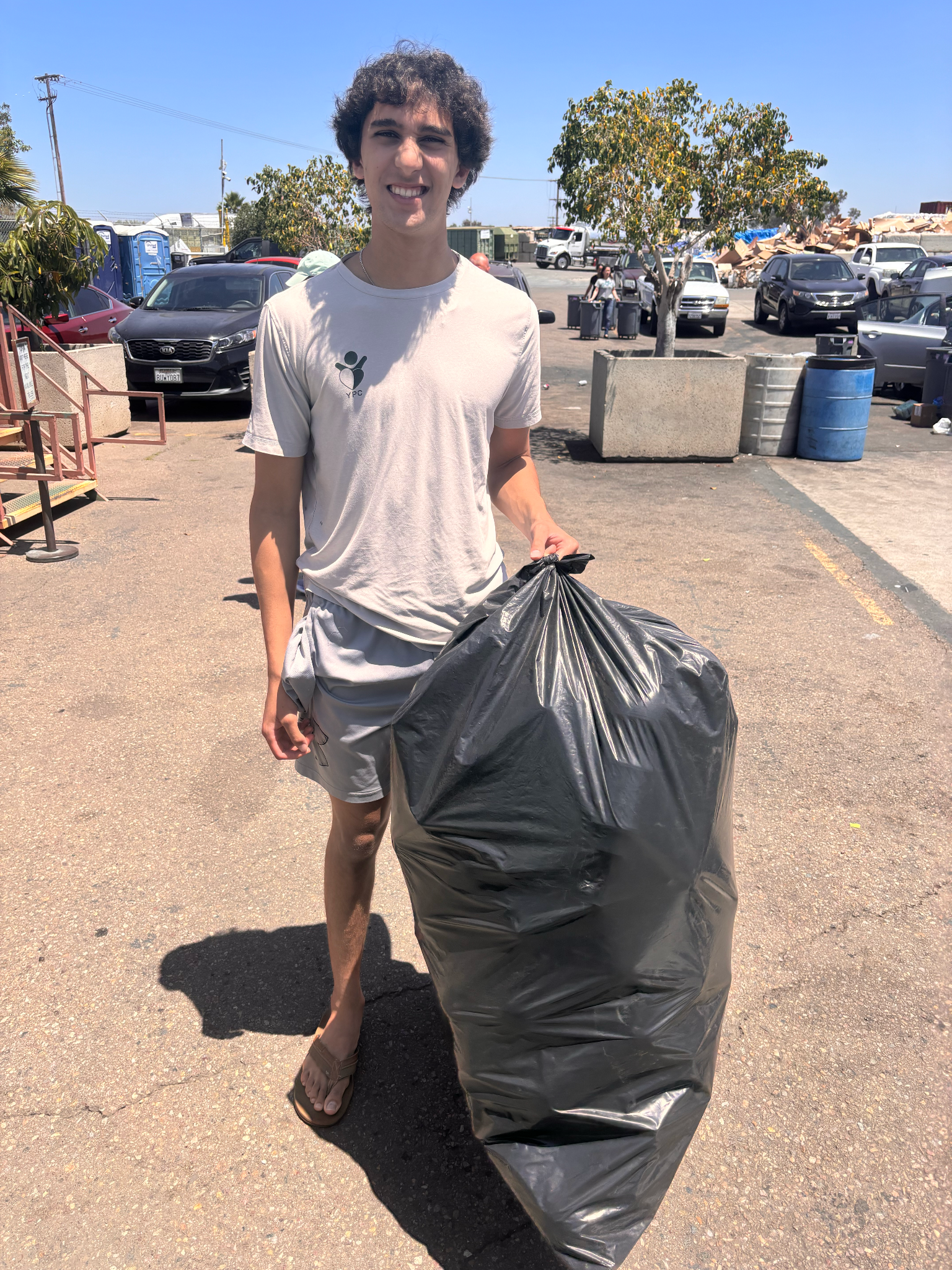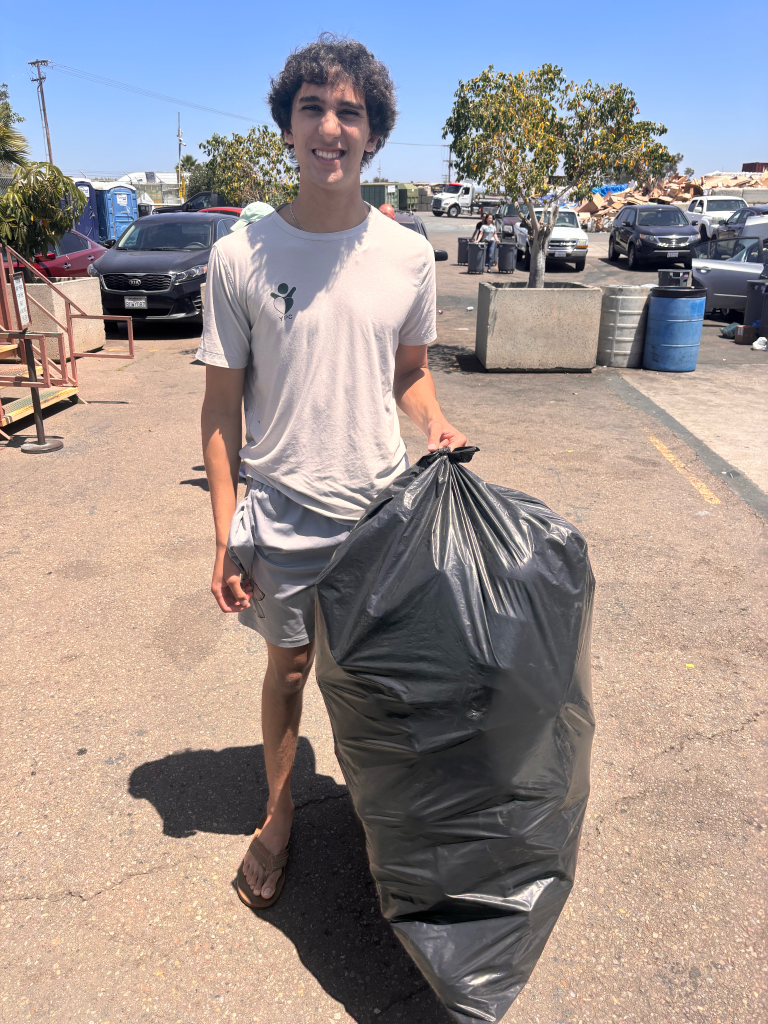Kabir ’25, will host interactive reuse and recycling workshops for youth in his community, and looks to revamp a seed library program in his local library.
Each year, over 38 billion plastic water bottles end up in American landfills, not recycling centers, and a central part of this issue is the lack of education around recycling and reuse. My CSGC grant combats this issue of lack of education through workshops at my local public library, the La Jolla Riford Library. I am going to lead interactive workshops for elementary and middle school students, educating them about reuse and recycling. After the presentation, I’ll finish with a short planting tutorial, allowing students to take home a vegetable plant that they plant in an old soda bottle. I will be hosting two sessions from July to August.
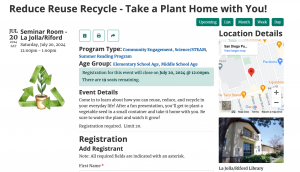
For the planting workshop, I reached out to the San Diego Recycling Center, and acquired fifty 2L soda bottles that I will first disinfect, then cut out and use to create the pots for the plants. I also plan to purchase sponges, shovels, soil, and seeds to use for the project.
How to make a self-watering pot from a 2L container
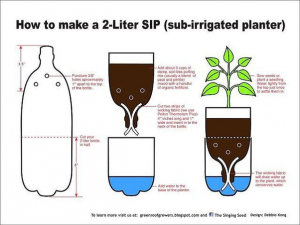
Picking up 50 used 2L soda bottles from the SD recycling center
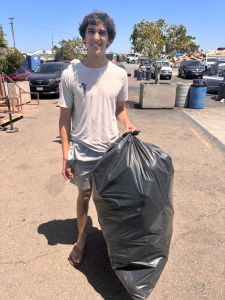

In addition, I am planning to start a native seed library with the help of the San Diego Audubon Society at the Riford Library. The native seed library allows any library patron to check out seeds and use them at their home; the goal is for people to plant the seed, help them grow, and bring back seeds to the library to be used in the future. Currently, there is a seed library that is out of commission at Riford, so I am working to see if I can reorganize the library and make it more accessible to patrons.
Link to native seed library website: https://storymaps.arcgis.com/stories/fadb636725994b17a9223caae21299c0
I am hopeful that my project will encourage young students to care about the environment more, and understand how they can make an individual impact. Furthermore, the native seed library will allow San Diegans better opportunities for gardening, and encourage people to reconnect to drought-resistant native plants that are meant to thrive in a desert environment.
